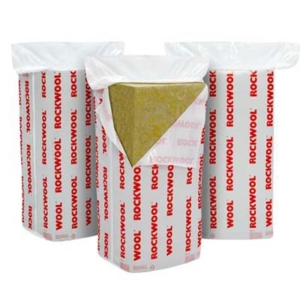What are the changes affecting insulation in BREEAM New Construction 2018?
The big-picture change in BREEAM New Construction 2018 is an increased emphasis on life-cycle analysis when designing buildings. This echoes the wider industry trend of life-cycle thinking and the growing idea of ‘buildings as materials banks’.
The consequence of this is building performance and occupancy comfort has greater prominence within the rating system. However, this does not mean the embodied impacts of materials is neglected. There is an increasing expectation that manufacturers can provide accurate information on the environmental impacts of their products.
The most noticeable change to insulation specification within BREEAM NC 2018 is the removal of the category ‘Mat 04 – Insulation’, the category specific to the impact of insulation and its performance. Insulation’s effects must now be considered as part of overall building performance and building elements (ie. entire wall or floor build-ups).
Thermal performance of insulation is still very important, and its impacts are now included as part of calculations within the ‘Energy’ categories. The Indoor Air Quality impacts of insulation is now included in HEA 02 – Indoor Air Quality
These changes mean that the performance requirements of insulation are less concrete. On the plus side, this provides architects with greater freedom and flexibility in how they achieve a high level of thermal and acoustic performance.
Insulation has a significant role to play in achieving a given BREEAM rating. It can contribute towards 38 of the 147 standard credits, which equates to 26% of all credits. This is not to be sniffed at, a ‘Pass’ is achieved with a score of 30% and the largest jump between levels is 15%. Achieving those credits could be the difference between an ‘Outstanding’ or ‘Excellent’ rating.
Contact information
CMO Group PLC
Burrington Business Park
Burrington Way
Plymouth
Devon PL5 3LX


